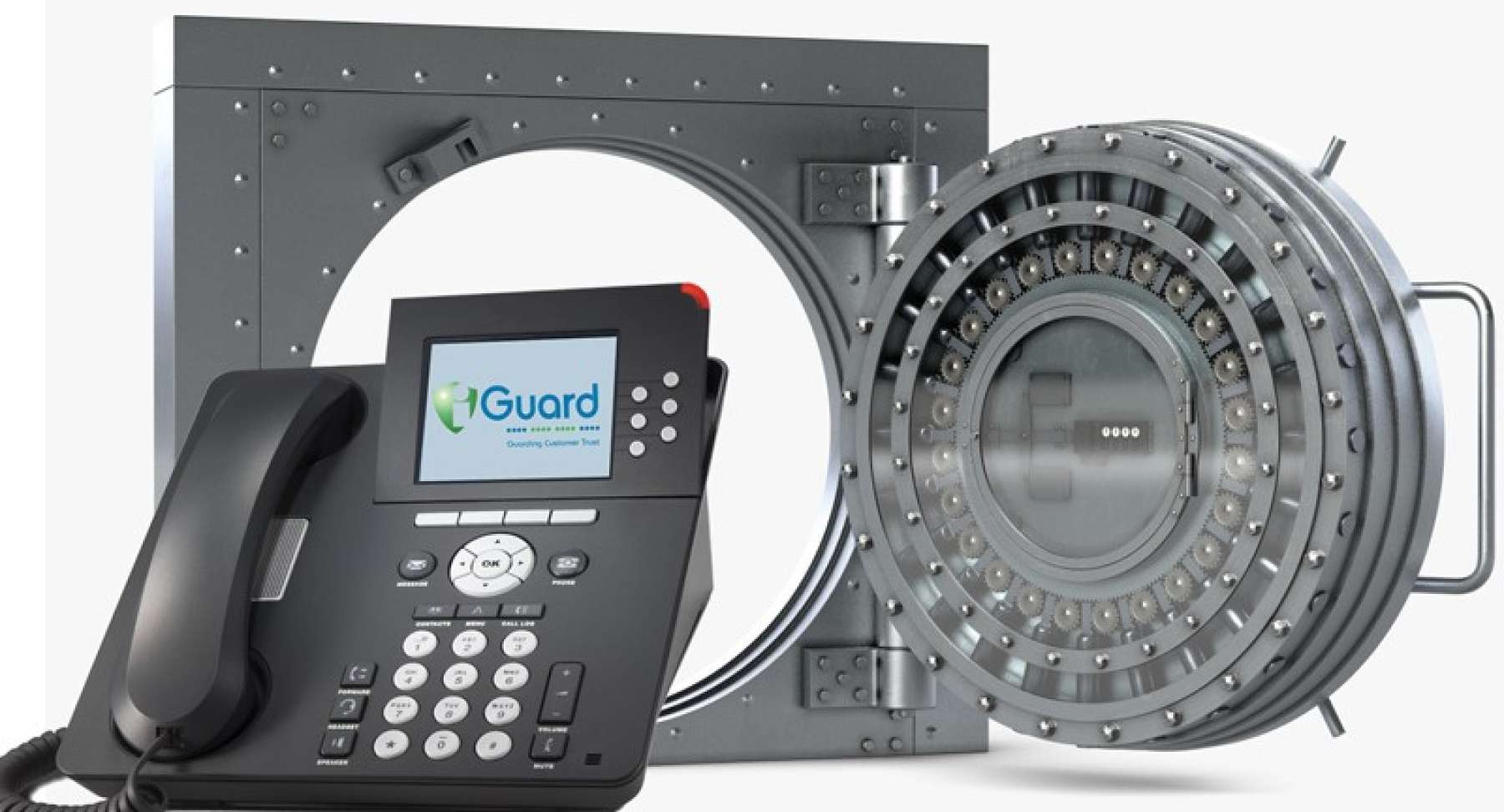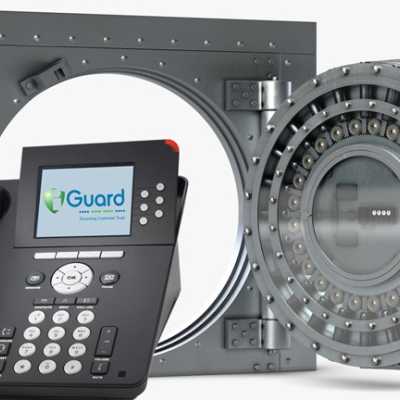Best Practices for Phone Payments
Providing the option for payment over the phone is a great way for businesses to become more versatile and expand their customer base. While the option represents great opportunity for reward, collecting sensitive data over the phone also brings along risks for both company and customer.
For example, when a company receives sensitive information like credit card data or billing addresses over the phone, it is the company’s responsibility to make sure customer data is collected in a secure environment. Conducting a secure telecommunication transaction is a process that involves supreme trust from the customer and set of steps in place to protect that customer’s data.
To aid in the process of building trust between customers and company, and to mitigate the risks of collecting sensitive data, here are three easy tips to help conduct secure telecommunications transactions.
1. Make Sure your Company or Call Center is PCI Compliant
One of the most important steps a company can take is to make sure they are PCI compliant. Call center PCI compliance is a “set of security standards designed to ensure that ALL companies that accept, process, store or transmit credit card information maintain a secure environment.”
Companies need understand the four different merchant levels and how to avoid PCI compliance violations that apply to each level. This way, PCI compliance can be used as a guide and offer regulated standards to ensure a secure data collection environment.
2. Avoid Fraudulent Activities by Collecting and Verifying Full Information
When collecting credit card data over the phone, fraud is a big risk companies must protect themselves from. To mitigate risk, collect ALL relevant information (card number, expiration date, CVV code, and billing address) when taking down a customer’s credit card, and ensure you receive the customer’s full name.
Next, verify that the billing address and the shipping address are the same. According to Joe Palko, chief marketing officer of 3dcart Shopping Cart Software, "if you are shipping an order for a card-not-present transaction, always look at the shipping address. An abnormally large percentage of fraudulent transactions are shipped to addresses that are different from the billing address."
3. Use DTMF Capture tools such as iGuard, avoid Masking or Muting Calls
When agents have control over the call recording system pause/resume function, they may forget to actually start the call pausing or masking, which means sensitive data is in-fact being recorded. In addition, they may forget to stop pausing/masking, which means the rest of the call could be missed.
With DTMF data capture tools like iGuard, customers can easily enter their own data and it can be routed directly to a secure 3rd party processor, thereby limiting exposure to the company’s network and avoiding the risks of masking or muting calls.
Remember, when customers trust your business with sensitive information, you owe them a safe and secure data collection environment. However, companies must also protect themselves and cardholders from fraudulent activity.
With these three tips, we hope that your business or call center can make positive strives towards secure telecommunications transactions.

